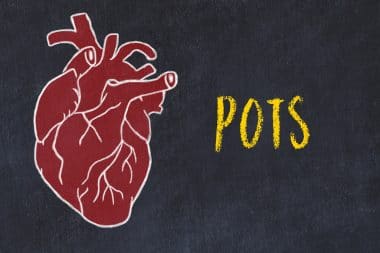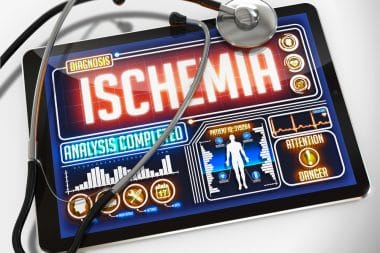Heart Health Month is February and efforts to reduce cardiovascular disease are ongoing in research and funding. Heart attacks and cardiovascular disease is the main cause of death in the United States. Census reports that one in every three deaths is from stroke and heart disease. This translates to over 2000 deaths per day.

Heart Health Month has the goal of empowering Americans and those around the world to start making healthy choices. Avoid tobacco use and reduce the amount of trans fats and sodium ingested at every meal. These changes will reduce treatments for high blood pressure and cholesterol and help prevent strokes and heart attacks.
Improving medical care for those who have heart problems is also a goal of Heart Health Month. Medical treatment should focus on the ABCS of heart treatment. ABCS stands for aspirin for those who are in danger from blood clots, cholesterol management, blood pressure control, and smoking termination. These are the four major steps to address risk factors of cardiovascular disease.
This month challenge your friends and family to get up and be active physically. If you exercise or move for only thirty minutes a day you will cut your risk of heart disease down substantially. Follow all prescriptions for high blood pressure control; eat a heart healthy diet that is rich in fruits and vegetables. The best thing you can do for your heart health is to stop smoking. Watch those advertisements on the television, stop using one cigarette a day and add a week to your life, stop smoking a pack and add a month. Research will bear out these suggestions
Am I Having a Heart Attack?
For years it has been advertised that pressure, squeezing and tightness in the chest are signs of an impending heart attack in men. Women generally do not have these symptoms and have no way of knowing if they are in danger. Women often do not have chest pain but do have symptoms of shortness of breath, vomiting, nausea and back pain. Some women have also complained of jaw pain. None of these symptoms seem to be life threatening so women do not call for help.
Women with family histories of heart disease as well as the medical community are being trained to learn the symptoms of a heart attack. This will prevent high mortality rates in women compared to men. Since women without chest pain symptoms seek medical help at a later date, they are not treated as aggressively as a man who presents in the ER with chest discomfort.
Chest pain is a good indicator of an impending heart attack for a man. If you are a woman with a family history of heart problems, you need to be aware that nausea, jaw and back pain vomiting and shortness of breath can be your triggers to seek medical attention as soon possible.






